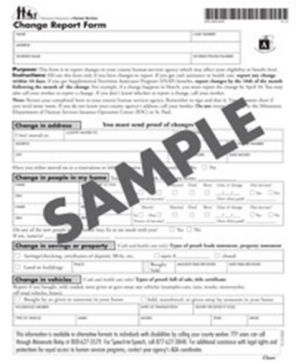DHS has been translating selected DHS documents since 2000 to provide meaningful access to program information and benefits for individuals with Limited English Proficiency (LEP). Translations are coordinated centrally in the OEPD Equal Opportunity and Access division to ensure high-quality translation, document design and consistency of terminology across all DHS departments. Based on a periodic analysis of DHS program participants, combined with input from all DHS divisions, translation procedures are implemented which provide the greatest number of clients with accurate, updated translations.
Translations of DHS forms, applications and other documents are available on the DHS eDocs database. To see all of the available documents in a given language, select the desired language on the search eDocs page. You can also search by document number or keywords on the advanced search page.
Contact the DHS translation coordinator with questions.
DHS and other state and local governmental agencies may use these contracts to arrange for interpreters.
County and local government staff who need to access interpreter services, either in person or over the phone, should follow the procedures described in their agency's LEP Plan and/or contact their procurement officer for information on using the CPV contracts.
Private organizations and the general public can locate local interpreter services by looking in the local telephone directory.
The Minnesota Department of Administration has group purchasing contracts for translation services available through its Cooperative Purchasing Venture (CPV) program. State and local governmental agencies may use these contracts to arrange for translation work.
County and local government staff who need to access translation services should follow the procedures described in their agency's LEP plan or contact their procurement officer for information on using the CPV contracts.
Private organizations and the general public can locate local translation services by looking in their local telephone directory.
Background: DHS is required to include a language block (LB) on most public documents. Federal statutes and regulations require that governmental entities, including their independent contractors, provide meaningful access to their public services for people with limited English proficiency (LEP). DHS fulfillment includes giving notice of language assistance in publications intended for the general public. To ensure consistent notification to the public of their right to meaningful access, DHS uses the LB, which is a graphic block of text developed to ensure consistent notification of the right to free help in 10 languages in interpreting specified DHS documents. These languages are Arabic, Hmong, Khmer (Cambodian), Lao, Oromo, Russian, Serbo-Croatian (Bosnian), Somali, Spanish and Vietnamese.
DHS uses two versions depending on the purpose of the document and the audience:
LB2 and LB3 list the phone numbers for the program area responsible for the document. Approval is not needed to use LB2 and LB3, which are primarily used by counties and other DHS partner organizations on their documents as needed. Keep in mind that staff answering the phone numbers listed in LB2 and LB3 must be prepared to take calls from non-English speaking clients and should have an LEP Plan in place. For more information, see the LEP Plan or contact the DHS LEP coordinator.
Sample of LB3

Occasionally when it is not practical there isn’t enough room to include a LB in a document, a language block stuffer can be used instead. The stuffer is a copy of LB1 printed two-sided on an 8.5-inch by 5.5-inch sheet of paper. The LB symbol below is used on DHS documents to indicate that a LB stuffer must be included with that publication, and is located in the upper-right corner of the document. For more information about how to use the stuffer, contact DHS Translation.
Document with LB symbol in upper-right corner

LB stuffer symbol
